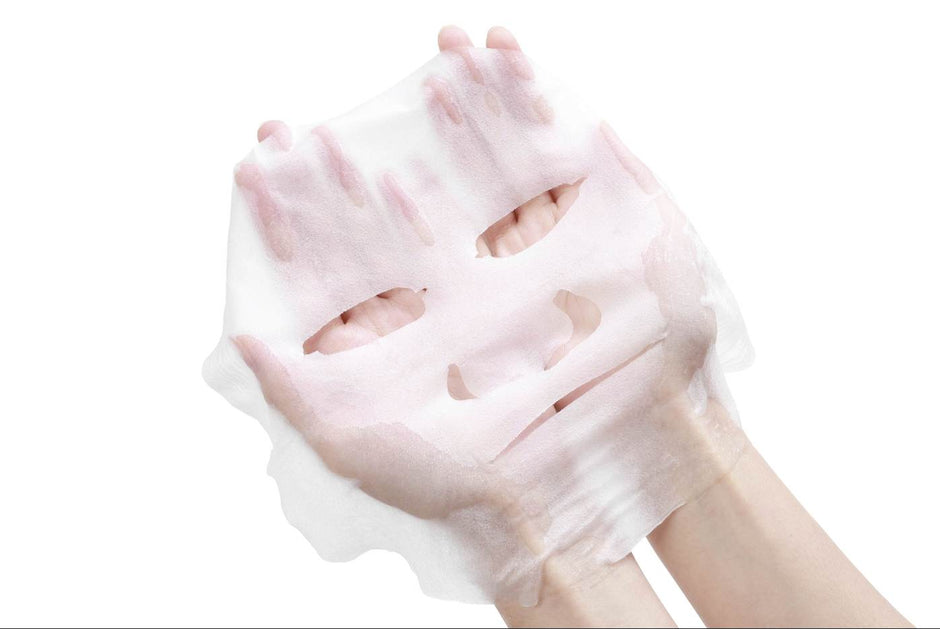By Liane Scior
Director of Education
Australia's sun is both a gift and a challenge. It fuels our vibrant outdoor lifestyles, yet the intense ultraviolet (UV) rays it delivers are a harsh culprit behind the nation's staggering skin cancer rates and premature skin ageing. For beauty professionals, it’s crucial not only to advocate sun protection but to deepen consumer understanding of the science involved and empower them to use products effectively.
Skin Cancer and Photoaging: A National Reality
Australia records one of the world's highest incidences of skin cancer, with over 750,000 treatments annually. Skin cancers account for around 80% of new cancer diagnoses, and by age 70, two-thirds of Australians may be diagnosed with skin cancer. The sun's UV radiation doesn't just cause cancer, it also drives photoaging, a chronic UV-induced breakdown of collagen and elastin fibres. This leads to wrinkles, sagging, uneven pigmentation, and sunspots. Research indicates about 90% of visible skin ageing signs stem from sun exposure, overshadowing natural ageing.
An iconic example: 61-year-old identical twins Jeanne and Susan demonstrate this vividly. Jeanne, who shielded herself from the sun, looks over 11 years younger than Susan, a long-time sun worshiper in sunny Florida. Their difference underscores UV exposure’s profound ageing impact.

UVA and UVB Rays: The Double Threat
The sun’s harmful rays come in UVA and UVB forms, each wreaking different damage. UVB rays cause sunburns and initiate skin cancer development. UVA rays penetrate deeper, attacking collagen and elastin, accelerating ageing, and raising cancer risk. Broad-spectrum sunscreens are essential, they protect against both UVA and UVB to prevent burns, premature ageing, and skin cancer.
In Australia, credible broad-spectrum sunscreens bear the “broad spectrum” label and the distinctive Australian “UVA” circle logo, signalling compliance with stringent local UVA protection standards. The SPF rating shows UVB defence, capped at 50+ in Australia to avoid false security, meaning protection meets or exceeds SPF 50 levels.
The PA rating system, common in Asian markets and increasingly visible worldwide, grades UVA protection with plus signs from PA+ (some UVA defence) to PA++++ (very high UVA defence), complementing SPF by focusing on UVA blocking.
Understanding SPF and Proper Application

SPF measures how long UVB rays take to redden skin with sunscreen compared to without. For example, SPF 30 filters about 97% of UVB rays, extending time before burning. Yet SPF shouldn’t be seen as a simple multiplier for sun exposure time. Real-world effectiveness depends heavily on generous, even application, most users apply too little or miss areas like ears and neck. Also, swimming, sweating, and rubbing reduce sunscreen efficacy.
Beauty therapists should stress reapplication every two hours, or more often if swimming or sweating, regardless of SPF. Combining sunscreen with shade-seeking and protective clothing completes a smart sun-safe routine.
Physical vs Chemical Sunscreens: Choosing What’s Best

Natural physical (mineral) sunscreens contain zinc oxide or titanium dioxide that reflect and scatter UV rays immediately, ideal for sensitive skin but may leave a white cast. Chemical sunscreens absorb UV rays, converting them to heat, offering lighter, clearer formulas but require 20 minutes post-application to activate. Certain chemical ingredients like oxybenzone are environmentally harmful to coral reefs, prompting bans in Queensland and the Great Barrier Reef Marine Park and driving demand for reef-safe mineral sunscreens.
Hybrid sunscreens, combining mineral and chemical filters, harness the advantages of both: immediate, broad-spectrum protection with a lighter feel, improved stability, and greater skin tolerance.
Enhanced Protection with Antioxidants and Botanicals
Modern sunscreens often include antioxidants (vitamins C, E), natural extracts (green tea, propolis), and moisturizing oils (shea butter, raspberry oil) that boost UV filter efficacy and shield skin from oxidative damage, inflammation, and photoaging.
Applying Sunscreen, the Right Way

For best defence, apply sunscreen liberally 15-20 minutes before sun exposure. Use about one teaspoon for the face and neck, covering often-missed spots: ears, scalp edges, and lip balm with SPF. Reapply every two hours or after water exposure. Teach clients to integrate sunscreen with hats, sunglasses, protective clothing, and seeking shade, forming a holistic armour against Australia’s powerful sun.

Empowering Australians Through Knowledge
In Australia’s sun-drenched environment, understanding the science and practice of sun protection is vital to preserving both skin health and beauty. Beauty professionals hold the key to communicating these essentials with clarity and care, helping clients confidently navigate product choices, whether mineral, chemical, or hybrid, and establish sun-safe habits to enjoy the outdoors while keeping skin youthful and protected under the unforgiving sun.
This holistic approach ensures Australians are informed, empowered, and ultimately safer in their relationship with the sun.
Elevate your salon or spa by shopping wholesale at Beauty Collective PRO, where you'll find the latest, premium sun protection products. Build your very own Safe Sun Boutique to provide clients with effortless access to expertly curated skincare essentials that safeguard their skin’s health and radiance all year long.




